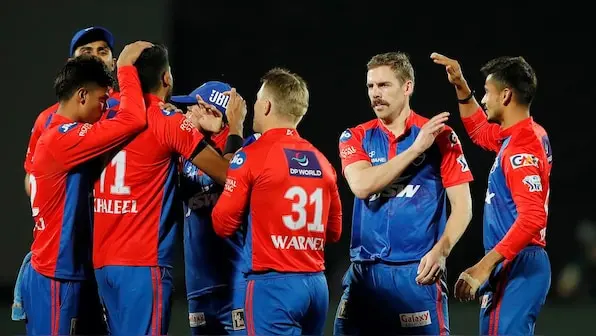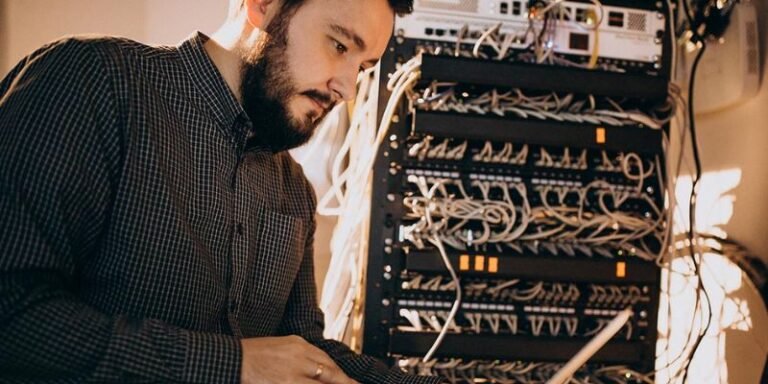Roberto Maceda Kohatsu: A Visionary in Cinematography
Roberto Maceda Kohatsu is a highly regarded cinematographer, known for his distinct ability to craft visually stunning narratives. His work transcends genres and formats, offering a rich, emotional depth that captivates viewers while enhancing the storytelling process. Whether he’s working on a feature film, documentary, or commercial, Kohatsu’s cinematography consistently elevates the project, making him one of the most sought-after talents in the industry.

Early Passion for Film
Kohatsu’s love for film and visual storytelling began at an early age. Growing up inspired by classic filmmakers, he was fascinated by the way visuals could convey emotion and meaning beyond dialogue. This passion naturally led him to pursue cinematography, where he found his calling in using light, color, and camera movement to tell stories in unique and impactful ways.
Through formal training and years of experience, Kohatsu developed a deep understanding of both the technical and creative aspects of filmmaking. His work is a fusion of his artistic sensibility and technical expertise, which allows him to take full control over how a scene looks and feels. From the very beginning, Kohatsu’s goal has been to bring out the emotional core of a story through cinematography, and it is this dedication that sets him apart from others in the field.
Signature Style: Light and Color as Emotional Tools
One of the most defining features of Roberto Maceda Kohatsu’s work is his masterful use of light. Kohatsu believes that lighting is much more than a technical requirement—it is a storytelling device that can change the entire mood of a scene. In his projects, he uses light to create depth, atmosphere, and tension, whether that involves using soft, natural lighting for a more intimate, organic feel, or employing harsher, more dramatic lighting to heighten emotional intensity. click here
Kohatsu also has a keen eye for color. His use of color grading is intentional and thoughtful, often reflecting the emotional arc of a film or a particular scene. Warm tones might suggest nostalgia or comfort, while cooler, more muted hues could be used to convey detachment or melancholy. By manipulating color, Kohatsu adds a layer of psychological depth to his cinematography, allowing audiences to feel the story on a more visceral level.
Versatility in Cinematic Storytelling
Roberto Maceda Kohatsu is not confined to any one genre or style of filmmaking. Over the course of his career, he has demonstrated an impressive versatility, working on a wide range of projects from action-packed thrillers to contemplative dramas, as well as high-end commercials and music videos. Regardless of the genre or format, Kohatsu approaches each project with the same level of creative passion and technical precision.
In action films, Kohatsu’s work shines through in the way he captures movement. His dynamic camera work often enhances the sense of urgency or tension in a scene, drawing the audience into the action. On the other hand, in character-driven dramas, his cinematography is more restrained, focusing on intimate details like the expressions of actors, the subtle shift in lighting, or the composition of the frame to reflect the inner emotional states of the characters.
His flexibility also extends to working with various filmmaking technologies. Kohatsu has embraced the digital revolution in cinematography, using advanced tools such as drones, virtual cameras, and motion capture to achieve shots that were once difficult or impossible to capture. At the same time, he maintains a deep appreciation for classic filmmaking techniques, often blending old and new methods to create a timeless aesthetic.
Collaboration and Artistic Vision
While Kohatsu’s technical skill is extraordinary, his ability to collaborate and bring a director’s vision to life is another reason for his success. Kohatsu views cinematography as a collaborative process, working closely with directors, production designers, and other key figures on set to ensure that the visual language aligns with the overall narrative of the film. He is known for his willingness to listen and adapt, making him a valued creative partner on any project.
In his role as cinematographer, Kohatsu often finds himself as the bridge between the director’s vision and the technical crew’s execution. His job is not just to operate the camera but to interpret the story visually, ensuring that every shot serves a purpose and enhances the film’s emotional impact. This collaborative approach has earned him the trust and respect of filmmakers and producers, many of whom return to work with him on multiple projects.
Pushing Boundaries with New Technologies
As a cinematographer, Roberto Maceda Kohatsu has always been eager to push the boundaries of what can be achieved with a camera. He has been at the forefront of embracing new technologies that allow for greater creativity in visual storytelling. From using drones to capture expansive aerial shots to utilizing advanced CGI and motion capture techniques, Kohatsu is constantly looking for ways to enhance the visual experience of the films he works on.
Drones have allowed him to experiment with unique perspectives, adding a sense of scale and grandeur to his shots. These technologies give Kohatsu the ability to capture previously unattainable views, particularly in complex action sequences or large-scale set pieces. However, while he enjoys the possibilities that new technologies offer, he remains grounded in the foundational elements of cinematography, ensuring that the technology serves the story rather than overpowering it.
Notable Projects and Accomplishments
Roberto Maceda Kohatsu’s body of work speaks for itself. He has worked on numerous critically acclaimed films, television series, and commercials, with each project showcasing his ability to adapt his cinematography to the needs of the story.
A Lasting Influence in Cinematography
Roberto Maceda Kohatsu’s impact on the world of cinematography is undeniable. His innovative use of light and color, combined with his collaborative spirit and willingness to embrace new technologies, has made him a leading figure in the field. He continues to challenge the conventions of filmmaking, constantly exploring new ways to enhance the visual storytelling process.






